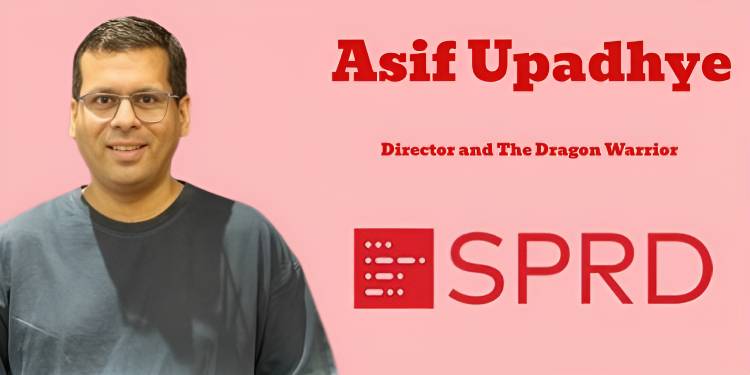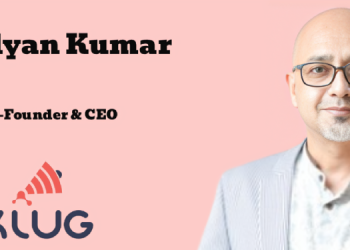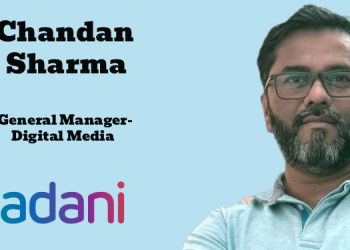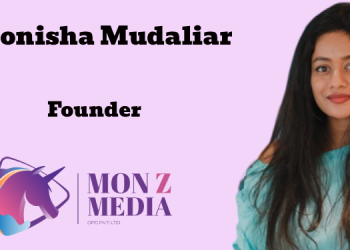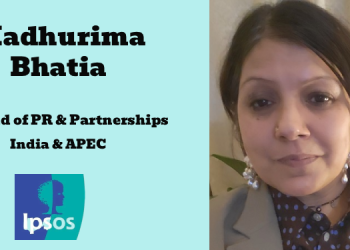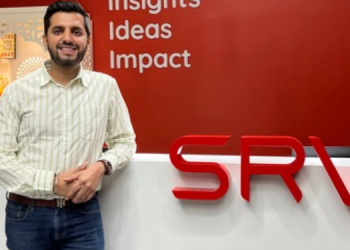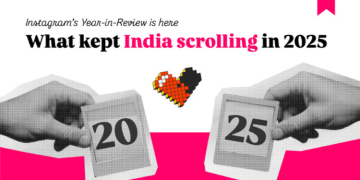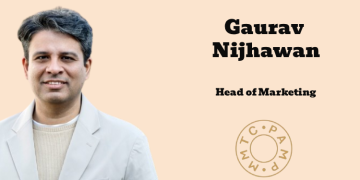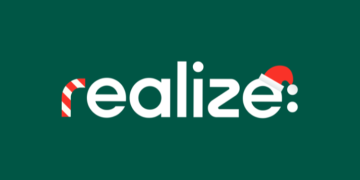In the blink of an eye, a careless tweet or a false rumour can easily become a full-blown PR nightmare. With information travelling at breakneck speed and public scrutiny at an all-time high, adopting a “we’ll cross that bridge when we get there” mindset is completely out of the question. The stakes are too high for hesitance or guesswork. Acting swiftly and planning with precision aren’t just smart moves, they’re key to walking the fine line from crisis to comeback.
But how do you prepare?
Simple. Forget the cookie-cutter solutions.
Your response plan must be a living breathing strategy—quick to pivot and agile enough to tackle any curveballs you don’t see coming. In my experience, the most effective strategies are the ones that think creatively to outmanoeuvre even the toughest scenarios, giving your brand the upper hand at every turn.
Anticipating Potential Risks: The best way to overcome a crisis? Don’t let it catch you off guard. Successful brands aren’t reactive, they’re proactive. Be it through media trends, public sentiments or even industry shifts, identifying vulnerabilities early positions you to spring into action when needed. To stay ahead and maintain an edge, harness every tool at your disposal. Data analytics, media monitoring platforms and SWOT analysis are invaluable to spot potential red flags from the get-go. Alongside these, a solid crisis plan, scenario exercises and regular protocol training are a must to ensure your team remains both aligned and well-prepared. A forward-thinking plan will always give you a head start, enabling you to act before a situation spirals out of control.
Leveraging Media Engagement: Today, keeping up with the media doesn’t cut it, brands need to drive the conversations. A keen understanding of ‘when, where and how’ media operates is pivotal in preparing for both the best and the worst. Building genuine relationships with journalists and influencers helps boost credibility, ensuring your narrative gets the right attention at the right time. This, in turn, helps you deliver value meaningfully instead of resorting to generic PR spins, validating customer concerns and showcasing openness to listen and improve. To amplify this effort, social media platforms like Twitter, Glassdoor and LinkedIn serve as powerful avenues for real-time engagement and timely responses.
Harnessing Storytelling Correctly: When a crisis strikes, the story you tell shouldn’t focus solely on the problem, it should also spotlight the solution. The narrative that sticks finds a middle ground, setting the course for a brand’s future. Yes, transparency is non-negotiable but framing it through a narrative that underscores accountability and values is where true impact lies. Bring it to life by creating humanising content on YouTube or Instagram where you can present the story of the crisis while deeply connecting with your target audience. Take Nestlé’s 2015 Maggi Noodles crisis as an example. The brand didn’t shy away from hard facts. Their public sharing of test results, coupled with their emotionally resonant ‘We Miss You Too’ campaign went beyond reinforcing consumer trust to strengthen their brand, transforming their crisis into an opportunity.
Staying True to Authenticity: For brands, authenticity isn’t just a buzzword. I strongly believe that it humanises a brand, reminding people that behind every faceless logo or app, are humans much like them. Zomato’s recent response to the 20 Lakh job offer fiasco highlights this perfectly. While Deepinder Goyal’s direct acknowledgement was necessary to bring some clarity to the situation, it was the playful follow-up post that addressed and diffused the situation. Cleverly and quickly harnessing social media struck the right balance between accountability and humour, all while staying true to their voice. This proves that being authentic isn’t just about owning up to mistakes, it’s about remaining consistent with the brand’s identity, even when caught off guard.
Understanding Audience Sentiment: Sometimes, the most impactful response stems from simply listening and acting with purpose. A PR crisis affects more than just the brand, it also shakes the emotions and trust invested by its stakeholders. That’s why staying attuned to the pulse of the public is important. Cadbury’s infamous response to the worm infestation scandal exemplifies this. The brand faced the backlash head-on, addressing concerns and introducing revamped tamper proof packaging as a direct response to feedback. Here, it wasn’t merely the quality control that won hearts, it was the clear show of intent paired with tangible action that truly drove it home. When trust hangs in the balance, a proactive approach must ensure every message is consistent and genuine. For this purpose, be it internal emails or media interviews, leadership statements or even outreach programs, it’s prudent to ensure that all spokespeople are thoroughly briefed, messages are pre-defined and all communication is tracked to ensure alignment.
Evaluating the Aftermath: Every PR crisis, no matter how overwhelming, holds a lesson. Assessing what worked, what didn’t and what escalated the situation in the first place is crucial to refine strategies and build better protocols for the future. The fact is, brands that learn from their experiences grow stronger. On the flip side, ignoring these lessons exacerbates the risk of repeating the same mistakes, which is detrimental to a brand in the public eye. Systematic debriefs, detailed assessments and incorporating takeaways into crisis management plans are all crucial to strengthen your efforts and take your PR game to the next level.
The truth is, no brand is immune to a crisis. Preparation is what makes the difference between the ones that come out on top and those that don’t. Waiting for the storm to pass isn’t a strategy, I believe it’s a missed opportunity. Why? Because brands exist for people. Every opportunity to connect and communicate, especially when the unexpected happens, decides whether a brand is weakened or redefined by a PR disaster. And how you perceive and respond to it ultimately shapes the course of what follows.
(views are personal)

